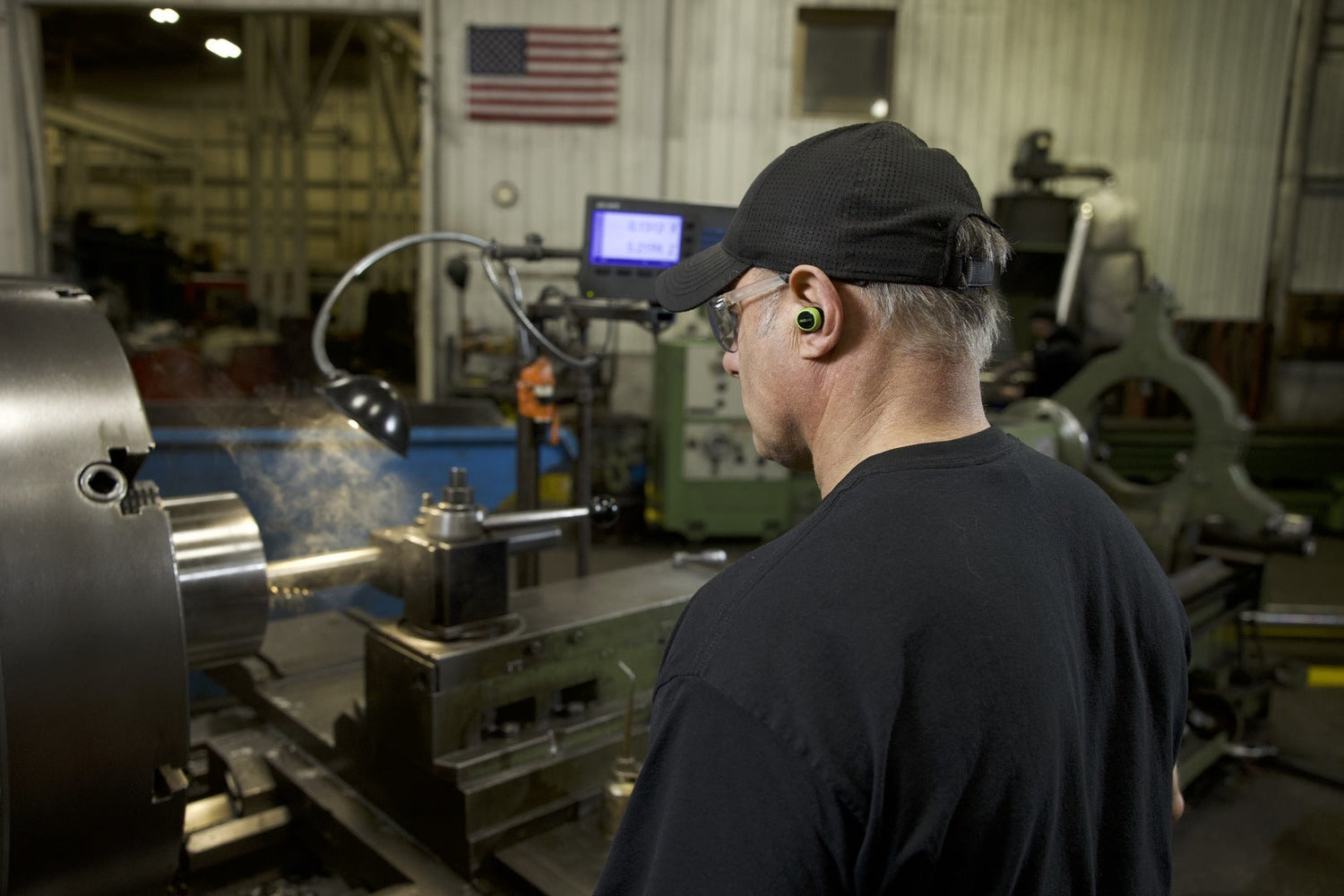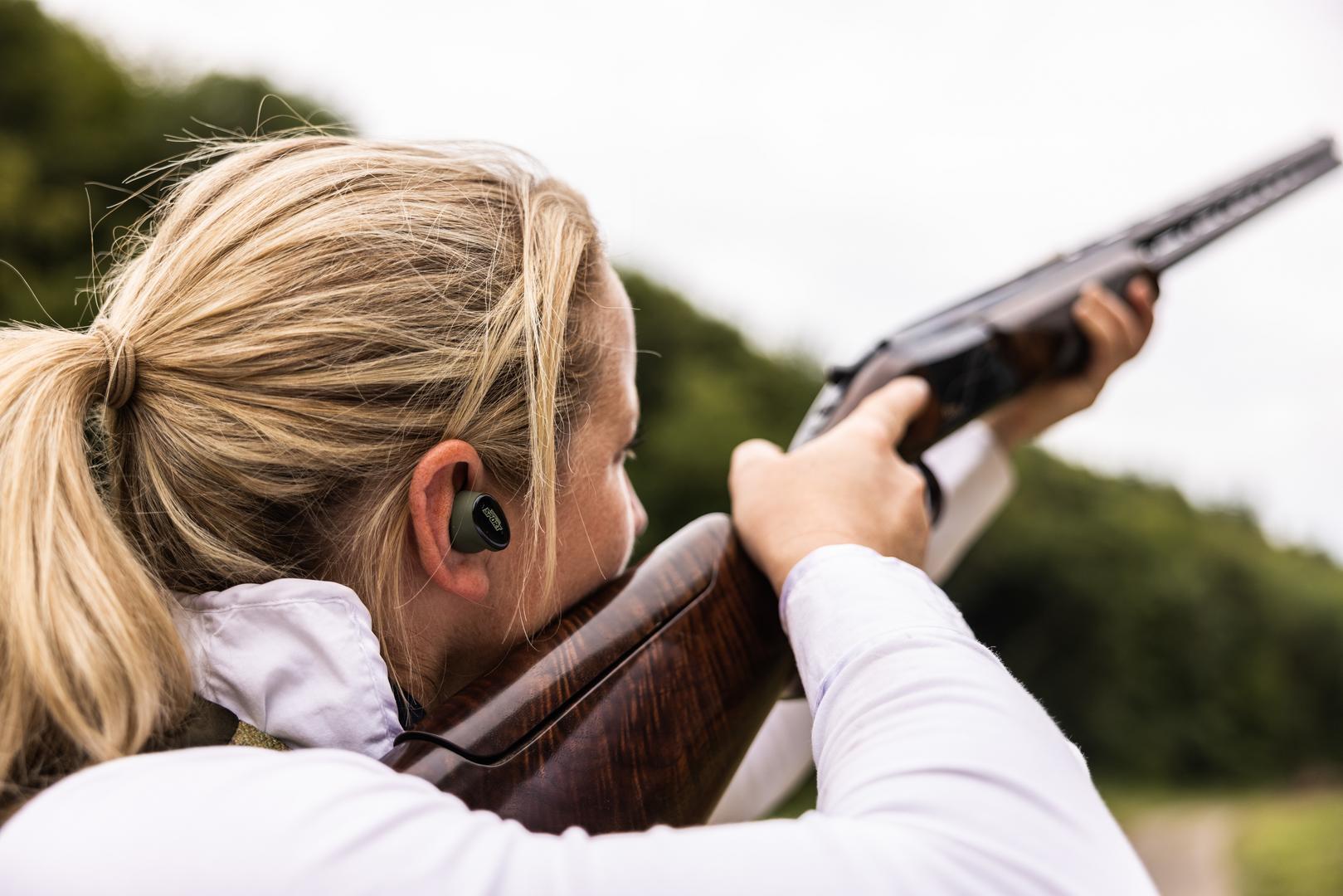When it comes to workplace hearing protection, a common misconception is that OSHA, the Occupational Safety and Health Administration, "approves" specific devices like earbuds or earmuffs for use. In reality, OSHA does not approve or certify hearing protection devices (HPDs) at all. Instead, OSHA establishes noise exposure standards that companies must follow to protect their employees from hearing damage. It is up to employers and workers to select suitable hearing protection solutions that comply with these standards.
OSHA’s Role in Noise Exposure Standards
OSHA’s primary function regarding workplace noise is to set and enforce exposure limits to protect employees from the harmful effects of excessive noise. OSHA's general standard for workplace noise exposure limits is 90 decibels (dB) averaged over an 8-hour shift. For noise levels exceeding this threshold, OSHA mandates that employers implement a hearing conservation program. This may include monitoring noise levels, providing hearing protection, and conducting regular hearing tests.
OSHA also provides guidelines for different noise exposure durations: for example, exposure to 85 dB should be limited to ten hours, 95 dB should be limited to four hours, and 100 dB should be limited to two hours. Employers are responsible for ensuring that employees have access to hearing protection solutions capable of reducing noise exposure below these levels.
Selecting Hearing Protection Devices
Although OSHA doesn’t “approve” specific hearing protection devices, they do require that employers provide equipment capable of reducing workplace noise to safe levels. Hearing protection devices, including earmuffs, earbuds, and earplugs are rated by their Noise Reduction Rating (NRR), a measure indicating how much noise the device can block.
While many noise-isolating headphones and earbuds exist, they are not inherently OSHA-approved because the agency does not provide product endorsements or certifications. Instead, it’s the responsibility of employers to choose HPDs that meet the necessary requirements, often set by safety professionals and linked to a product’s NRR, to keep exposure within OSHA’s permissible limits. Headphones must be properly fitted and suitable for the work environment to achieve the desired protection.
All ISOtunes products are tested in accordance with ANSI S3.19-1974, assigned NRRs, labeled according to EPA standards, and compliant with OSHA’s noise exposure standards thanks to SafeMax volume-limiting technology.
Importance of a Comprehensive Hearing Conservation Program
Employers should remember that providing hearing protection is only one part of a complete hearing conservation program. Regular training, noise monitoring, fit testing, and employee education are equally essential to ensure ongoing compliance and effectiveness.
In short, OSHA’s role is to set exposure standards, not to endorse specific products. Companies and safety professionals must understand OSHA guidelines and make informed decisions on appropriate hearing protection—including work headphones—to maintain a safe work environment.
Click here to see how ISOtunes can improve safety, connectivity, and productivity for your team.



